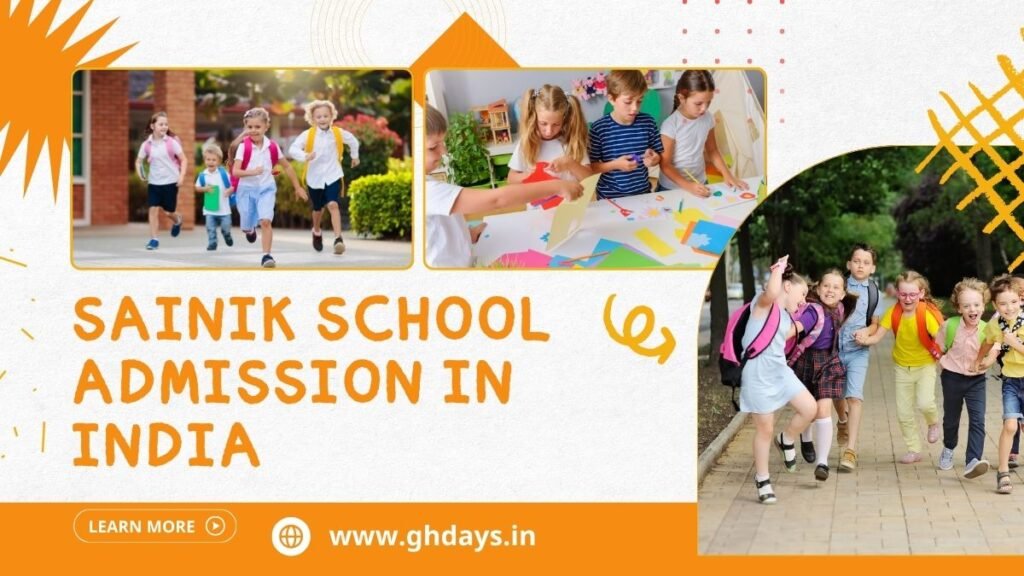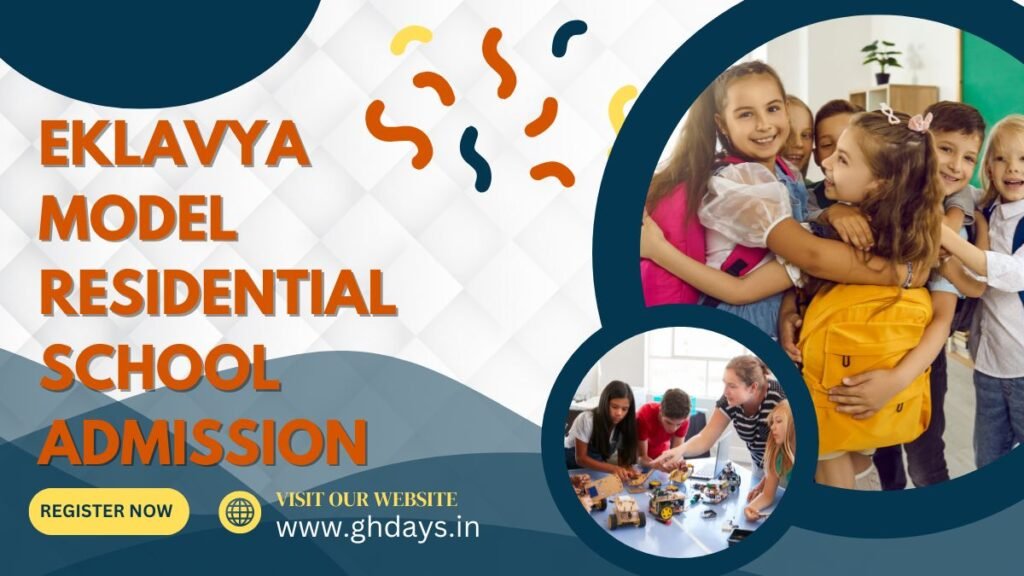All Government, Government Aided, and Private School Admission 2025-26
All Government and Private School Admission 2025-26: Admission for Government and Private Schools for the 2025-26 Academic Year: In India, educational institutions are generally categorized into several segments, including Government, Government-aided, and Private schools. These schools operate on various schedules, including day schools, shift-based programs, and boarding facilities.
Typically, the admission process for nearly all school types begins in January for the forthcoming academic year. The enrollment process for Pre-KG, LKG, and Class 1 will soon commence. We are here to provide comprehensive information regarding the admission dates and procedures for Kendriya Vidyalayas, Jawahar Navodaya Vidyalayas, Eklavya Model Schools, and Sainik Schools.
According to the most recent statistics, India has a total of 1,022,386 government schools and 335,844 private schools. Education is classified under the Concurrent List of the Constitution. Schools that are not owned or financed by the Central Government fall under the purview of the respective State Governments. Consequently, issues concerning fees imposed by private schools and related matters are governed by the Rules and Instructions established by the relevant State Government.
The CBSE Affiliation Bye-Laws of 2018 also indicate that any fee adjustments in schools must comply with the laws and regulations set forth by the respective State or Union Territory Government. These Bye-Laws mandate that any fee revision must receive explicit approval from the School Management Committee or follow the procedures outlined by the Appropriate Government.
Government School Admission in India 2025-26
In the realm of education, government schools proudly offer free education to all students, ensuring that no tuition fees or development fees are collected, allowing access to quality learning for every child regardless of their financial background. For government-aided schools, a nominal fee may be required, though it remains significantly lower than the costs associated with private institutions. In stark contrast, private schools are known for collecting exorbitant amounts of money from their students, often necessitating financial sacrifices from families striving for a better education for their children.
While the government has implemented regulations to restrict the excessive fees charged by these private establishments, many of them have found creative loopholes, employing alternative methods to extract funds from parents, thus raising questions about equitable access to education for all students in the system.
RTE School Admission Process in India 2025-26
The Right of Children to Free and Compulsory Education (RTE) Act of 2009 obligates State and Union Territory Governments, recognized as the appropriate authorities, to ensure that every child aged 6 to 14 years receives free and compulsory elementary education in a nearby school.
To guarantee access to quality education and promote equity while addressing the adverse effects of the pandemic on school education nationwide, the Ministry of Education has issued guidelines on January 7, 2021. These guidelines include measures for identifying out-of-school children aged 6 to 18 years, conducting enrollment drives, raising awareness, providing support for students during school closures, ensuring continued education for children with special needs (CWSN), facilitating student assistance upon school reopening, and enhancing teacher capacity.
Since the 2021-22 academic year, financial assistance of up to Rs.2000 per annum has been made available to support out-of-school children, including migrant youth aged 16-19 years from socio-economically disadvantaged backgrounds, enabling them to complete their education through the National Institute of Open Schooling (NIOS) or State Institute of Open Schooling (SIOS). This assistance also covers access to course materials and certification. Additionally, the Department has developed an online module to collect data on out-of-school children (OoSC), including migrant children identified by each State and Union Territory, and their association with Special Training Centres (STC) via the PRABANDH Portal (http://samagrashiksha.in).
Sainik School Admission in India 2025-26
As of July 18, 2023, the total enrollment of female students in Sainik Schools established under the previous model stands at 1,299 (refer to Annexure-I for details). Additionally, there are 303 female students enrolled in Sainik Schools launched under a partnership framework as of the same date. All 33 Sainik Schools operating under the previous model are coeducational. Regarding the newly established Sainik Schools in collaboration with NGOs, private entities, or state government institutions, there are no requirements dictating whether these schools must be exclusively for boys, girls, or operate on a coeducational basis.

Eklavya Model Residential School Admission 2025-26
The Ministry of Tribal Affairs is establishing Eklavya Model Residential Schools (EMRSs) nationwide under the Central Sector Scheme. The primary features of EMRS include the following:
- i. Provision of free, high-quality education for tribal students, aimed at fostering their comprehensive development.
- ii. Fully residential schools catering to students from 6th to 12th grade, accommodating 480 students in total. For grades 6 to 10, there will be 2 sections of 30 students each, totaling 300 students; for grades 11 and 12, there will be 3 streams with 30 students per stream, amounting to 180 students.
- iii. Advanced infrastructure, including educational facilities, laboratories, hostels, sports amenities, and staff housing.
- iv. Provision of educational materials and uniforms, which will include specially designed clothing for mountainous regions.
- v. Support for preparatory classes for competitive entrance exams and remedial classes for students needing additional assistance.
- vi. Addressing the nutritional needs and menstrual hygiene requirements of female students by providing sanitary pads, incinerators, and other essentials.
- vii. Opportunities for participation in Scouts, Guides, NCC, school bands, and similar activities.
- viii. A variety of extracurricular activities such as dance, music, painting, trekking, excursions, and study tours.
- ix. Hosting of the EMRS Cultural Fest and EMRS Sports Meet as national-level annual events.
- x. Development of a Centre of Excellence for Sports equipped with cutting-edge facilities dedicated to one individual sport and one team sport in each State/Union Territory is currently in progress.

PM Shree School Admission in India 2025-26
On September 7, 2022, the Cabinet approved a new Centrally Sponsored Scheme titled Pradhan Mantri Schools for Rising India (PM SHRI). These institutions are set to exemplify the implementation of the National Education Policy (NEP) 2020, evolving into model schools over time while also providing guidance to neighboring schools. They will lead their respective regions in delivering high-quality education within an equitable, inclusive, and engaging school environment that accommodates diverse backgrounds, multilingual needs, and varying academic abilities of students, thereby fostering active participation in their own learning processes as envisioned by NEP 2020.
In the initial phase of selecting PM SHRI School Admission, a total of 662 schools have been chosen from Andhra Pradesh.
The PM SHRI Scheme incorporates significant interventions aimed at modernizing education through transformative and holistic approaches, including:
- Quality and Innovation initiatives (such as Learning Enhancement Programs, Holistic Progress Cards, Innovative Pedagogies, Bagless Days, Internships with local artisans, and Capacity Building).
- Beneficiary-oriented entitlements under the Right to Education (RTE) Act.
- Annual School Grants (comprising Composite School Grants, Library Grants, and Sports Grants).
- Early Childhood Care and Education, including Balvatika and foundational literacy and numeracy programs.
- Equity and Inclusion measures, ensuring safe and suitable infrastructure for girls and children with special needs (CwSN).
- Promoting flexibility in subject selection for students.
- Advocating the use of mother tongue as the medium of instruction, supplemented by technological interventions to overcome language barriers between teachers and students.
- Implementation of ICT, smart classrooms, and digital libraries to support digital pedagogy.
- Enhancement of existing infrastructure.
- Vocational initiatives and increased internship/entrepreneurship opportunities, particularly in collaboration with local industries, alongside mapping skills with developmental projects and nearby industry needs to develop relevant courses and curricula.

